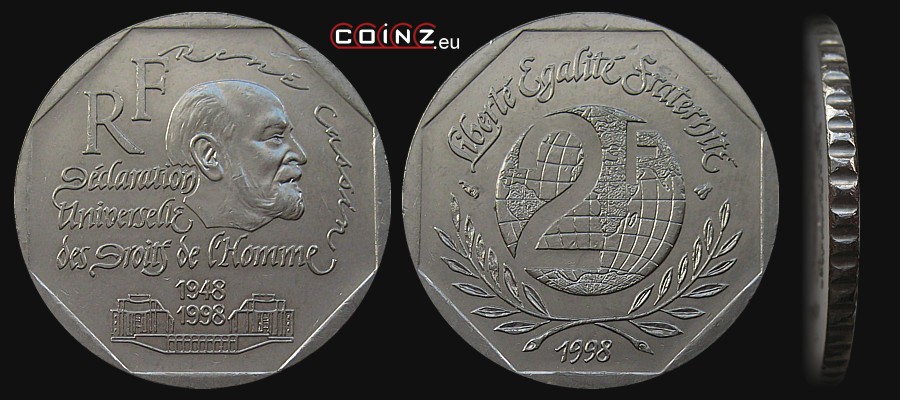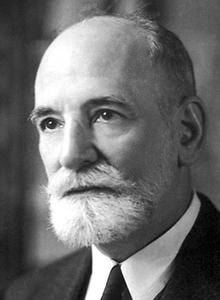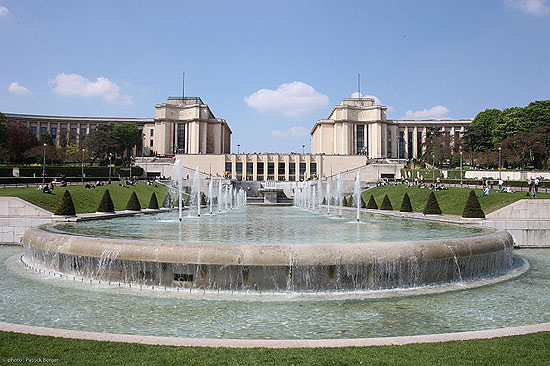2 francs FRANCE (1998) René Cassin


| diameter: | weight: | thickness: | alloy: |
| 26.5 mm | 7.5 g | 1.8 mm | Ni98 |
obverse:
in the coin centre head of René Cassin facing right, on the left: RF (REPUBLIQUE FRANÇAISE - French Republic), below in three lines inscription: DÉCLARATION / UNIVERSELLE / DES DROITS DE L'HOMME (Universal Declaration of Human Rights); on the bottom coins building of Palais de Chaillot, over it two dates: 1948 / 1998; along the upper right edge signature of Cassin: RENÉ CASSIN; frame in a shape of octagon
reverse:
in the coin centre a globe; inside the globe concave face value: 2 F (FRANCS); below two olive branches, lower year of issue 1998; along the top edge motto of France: LIBERTÉ ÉGALITÉ FRATERNITÉ (liberty, equality, fraternity); frame in a shape of octagon
edge:
reeded
issue date:
??? no data
withdrawal date:
18 II 2002
designer:
Atelier de gravure (group of designers of the Paris Mint)
mint:
 La Monnaie de Paris (The Paris Mint), Pessac (mint mark before face value in the reverse, after face value privy mark of mint's director Pierre Rodier - bee)
La Monnaie de Paris (The Paris Mint), Pessac (mint mark before face value in the reverse, after face value privy mark of mint's director Pierre Rodier - bee)
mintage:
| 1998 | 4 997 500 | + 2 500 in boxed sets |
mint marks:
interesting facts:
The commemorative coin of 2 francs from 1998 was issued to mark the 50th anniversary of the Universal Declaration of Human Rights, whose principal author was René Cassin (1887-1976) - French lawyer, politician, expert on international law, winner of the Nobel Peace Prize in 1968, professor at the University of Lille, co-founder of UNESCO.

The Universal Declaration of Human Rights was adopted by the General Assembly of the United Nations on December 10, 1948 at the Palais de Chaillot in Paris Trocadéro.

photo: Audiane56; licence: CC-BY-SA 3.0

The Universal Declaration of Human Rights was adopted by the General Assembly of the United Nations on December 10, 1948 at the Palais de Chaillot in Paris Trocadéro.

photo: Audiane56; licence: CC-BY-SA 3.0
last update: 20 XI 2013
coins catalogue :: katalog monet :: münzkatalog :: catalogue de monnaies :: catálogo de monedas :: catalogo monete :: каталог монет :: κέρματα κατάλογος :: COINZ.eu
© 2010-2025 :: Adam Kubicki :: COINZ.eu :: All rights reserved.


